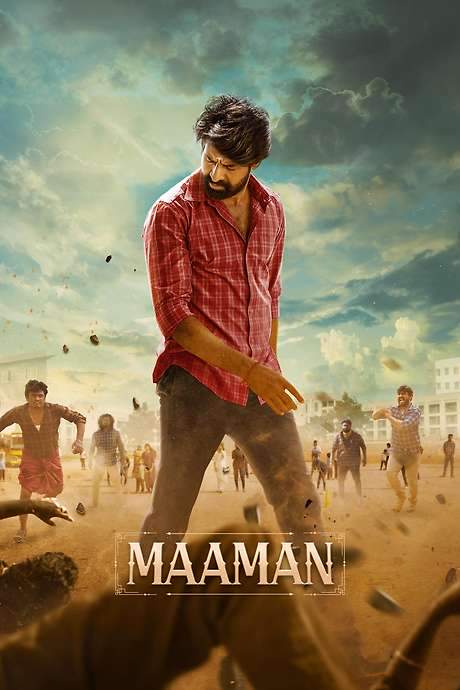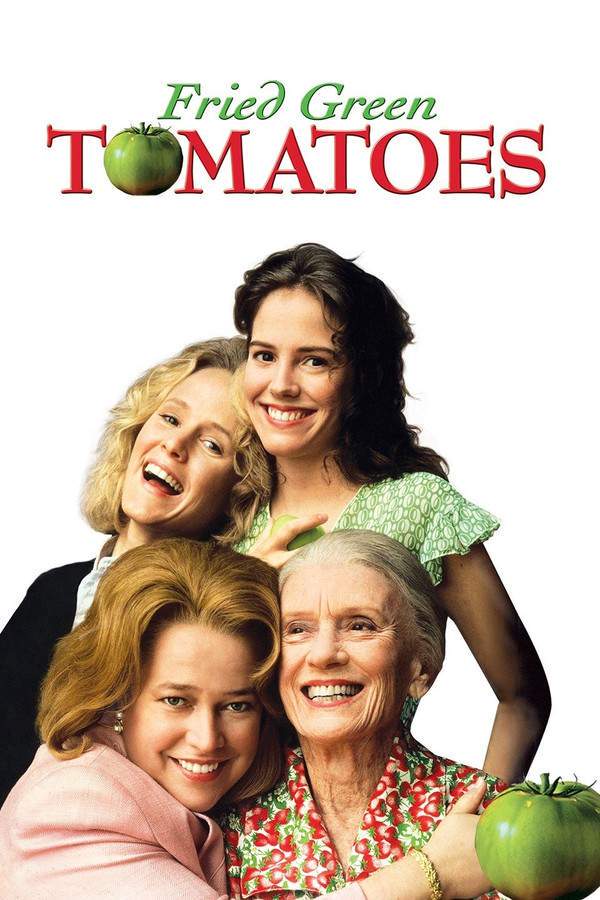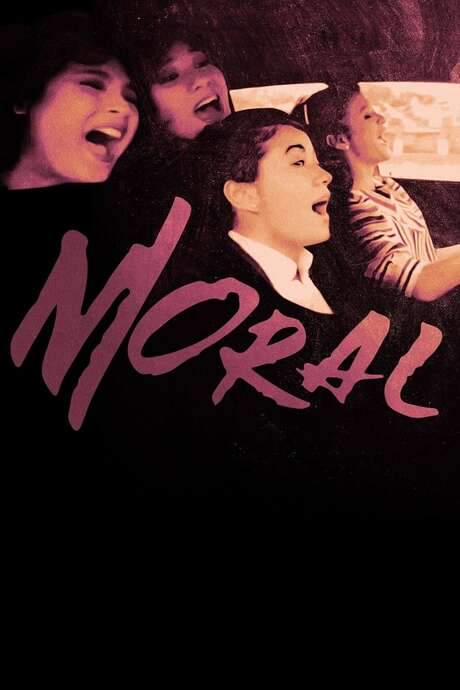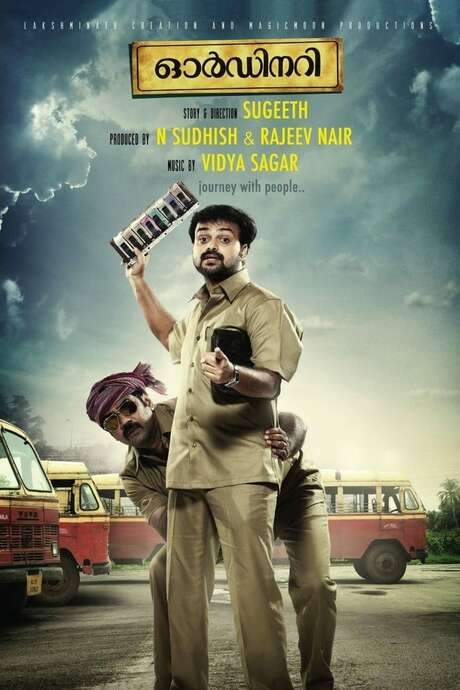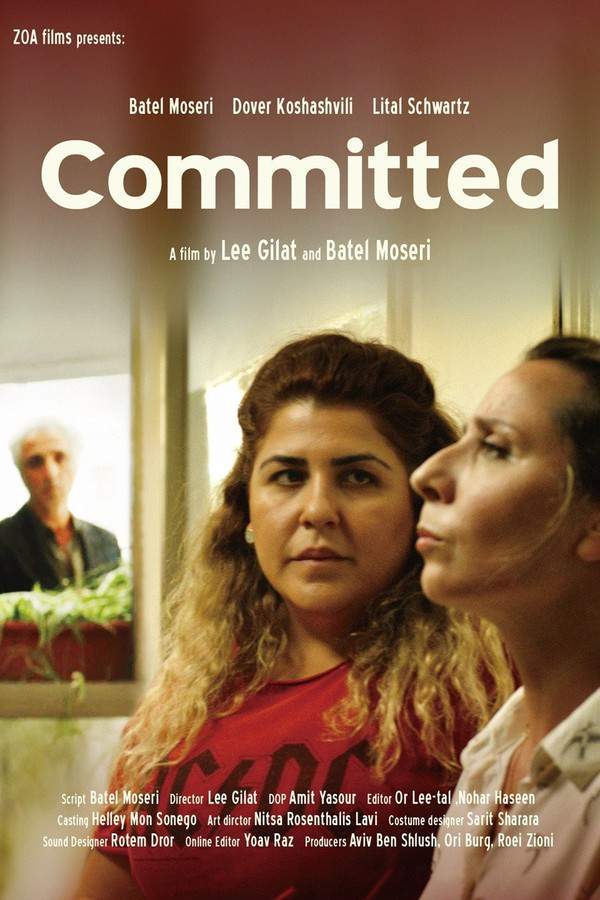
Ghar Ho To Aisa
Year: 1990
Runtime: 155 mins
Language: Hindi
Director: Kalpataru
Ramprasad’s family—wife Durga, son Vijay with wife Sharda, daughter Pinky, daughter‑in‑law Kanchan and Bajrangi, and son Amar—abuses Sharda, forcing her into chores. Amar gets a job with Dwarkaprasad, falls for daughter Seema and goes to Delhi. Returning later, he finds Sharda, Pinky and Sharda’s mother Devki dead, sparking a hunt for the murderer.
Warning: spoilers below!
Haven’t seen Ghar Ho To Aisa yet? This summary contains major spoilers. Bookmark the page, watch the movie, and come back for the full breakdown. If you're ready, scroll on and relive the story!
Ghar Ho To Aisa (1990) – Full Plot Summary & Ending Explained
Read the complete plot breakdown of Ghar Ho To Aisa (1990), including all key story events, major twists, and the ending explained in detail. Discover what really happened—and what it all means.
The Kumar family centers on Durga, Bindu Desai, a sharp-tongued matriarch who rules the household with a heavy hand and a quick temper. Her husband Ramprasad, Saeed Jaffrey, is henpecked, while their elder son Vijay and his wife Sharda live under the same roof with Amar, the younger son, their daughter Kanchan, and granddaughter Pinky. The house hums with a mix of affection and tension: Durga and Vijay mirror each other in their blunt, often cruel ways, particularly toward Sharda, who bears the brunt of their taunts about poverty and status. Kanchan mirrors her mother’s domineering streak, while Ramprasad tries to endure it all with quiet resignation. Among them, the only family member who genuinely cares for Sharda and Pinky appears to be Amar, who is unemployed and searching for a steadier path.
Amar’s slow climb toward stability begins with a chance encounter that introduces him to Seema, Meenakshi Sheshadri, the only daughter of a wealthy industrialist who runs an NGO for women and harbors a strong aversion to male behavior. Seema has a practiced skepticism toward men, and Amar, with his blunt honesty, challenges her views. She sees a way to wield leverage—offering money and coaxing him into a pretend marriage—but Amar rejects her proposition, insisting that not every man is the same and calling out the double standards he encounters. Their dialogue is sharp and revealing, marking a collision of ideologies that sets the story in motion.
Karamchand, Om Prakash Seema’s father, overhears the exchange and is impressed by Amar’s integrity even as he is disappointed by Seema’s plan. He nevertheless sees potential in Amar and offers him a real position as the manager of his cycle factory, entrusting him with responsibilities that begin to transform Amar’s life. This new role earns Amar his respect and the trust of Karamchand, while Seema’s antipathy toward men slowly softens in the face of Amar’s steady, principled conduct.
Durga, meanwhile, tries to push Amar toward a marriage with Sona, the daughter of a powerful industrialist who promises a lavish dowry. Amar openly scoffs at his mother’s greed and refuses the arrangement, even as Durga escalates her tactics, attempting to press Sharada for money. Sharada pleads for dignity, but Durga remains relentless and even has Sharada and Pinky expelled from the family home. The family’s circle tightens around the crisis, and Sharada’s mother, living in poverty, learns of her daughter’s plight and succumbs to the pressure, a grim reminder of the family’s moral cost.
Tragedy seems to have closed in when Amar discovers that Sharada and Pinky have died in a roadside accident. The news shakes him to his core, and the entire household—caught in its own routines—responds with apathy, treating the tragedy as just another inconvenient fact in need of adjustment. The situation takes a sharper turn when Seema confronts Amar with a startling revelation: the two who died were not Sharada and Pinky, but two mentally challenged women who happened to wear their clothes. This twist reveals that Sharada and Pinky are alive, and Amar’s heartbreak gives way to a surge of determination and anger. He vows to exact revenge on the toxic dynamics that have driven his family apart.
With Seema’s complex mix of attraction and strategic partnership, Karamchand proposes a bold plan: Amar and Seema should pretend to be a married couple to expose and dismantle the Kumar household’s dysfunction. The arrangement is risky, but Amar agrees, driven by a need for justice and a desire to protect Sharada and Pinky. As they step into the Kumar home as a married couple, Durga is furious and tries to slap Seema, only to be checked when Seema gracefully overpowers her. Seema quickly imposes order, forcing Kanchan, Durga, and Ramprasad to take on their share of the household chores, while Amar places Bajrangi, Durga’s husband in name only, into a responsible position at the office with a fair salary. The atmosphere shifts dramatically: Kanchan abandons her arrogance, learning to respect Bajrangi, and the couple begins to find a new, more balanced rhythm.
Meanwhile, Vijay’s dissatisfaction with Sona’s freewheeling independence and her public mockery of his loyalty pushes him toward a breaking point. Sona’s behavior—reminding him of the way he treated Sharada and his daughter—humiliates him, and he ends the engagement. Yet when Sharada and Pinky are finally revealed to be alive, Vijay experiences a surge of remorse, begs Sharada for forgiveness, and resolves to start anew with his wife and daughter. The family’s dynamics begin to tilt toward reconciliation, and Bajrangi also contemplates leaving the old life behind to start anew with his wife and son.
Durga, overwhelmed by the rising currents of change, contemplates a desperate act, but her sons intervene, and the family unit holds together long enough for a moment of reckoning. Karamchand appears, clarifying the true purpose of Amar’s engagement to Seema: it is not revenge alone, but a test of character and an opportunity to reshape the family’s future. He also asks Seema to leave if she cannot accept the evolving truth. Seema, who has grown fond of Amar, is initially angry at what she sees as his hesitance, and she drags him to a private room, venting her hurt and pleading with him to act. In the end, Amar opens up about his deep love for Seema, and the two finally reconcile, choosing a path that blends romance with responsibility.
In the final arc, the house that once thrived on fear and command finds a new balance. Seema’s love for Amar softens her stance, and Amar’s steadfast integrity earns the respect of his family. The Kumars begin to see a future where warmth and mutual support replace the old patterns of control and fear. The story closes on a note of cautious hope: a family learning to coexist, with Amar and Seema choosing to face the world together, their bond strengthened by trials, misunderstandings, and a deeper commitment to one another.
Last Updated: October 09, 2025 at 14:30
Explore Movie Threads
Discover curated groups of movies connected by mood, themes, and story style. Browse collections built around emotion, atmosphere, and narrative focus to easily find films that match what you feel like watching right now.
Cathartic redemption stories like Ghar Ho To Aisa
Hopeful stories where characters overcome deep family wounds and cruelty.For viewers who enjoyed the hopeful resolution of Ghar Ho To Aisa, this section features movies like it that explore deep family trauma. These dramatic stories focus on transformation and redemption, where characters overcome abuse and dysfunction to find a bittersweet but ultimately happy ending. If you liked seeing a family heal in Ghar Ho To Aisa, you'll find similar cathartic journeys here.
Narrative Summary
These stories typically follow a linear path from a state of domestic conflict and emotional suffering toward a moment of intervention or personal growth. This leads to a role reversal where a protagonist challenges toxic traditions, culminating in a resolution that offers forgiveness and a renewed sense of family, often with a bittersweet but happy ending.
Why These Movies?
Movies are grouped here because they share a specific emotional mix: they grapple with heavy, dramatic themes of abuse and societal pressure, but their pacing is steady and their ultimate destination is one of hope and catharsis. They balance sadness and tension with a redemptive payoff.
Steady-paced morality dramas similar to Ghar Ho To Aisa
Methodical stories that critique social ills and champion integrity.If you appreciated the steady, methodical buildup and strong moral core of Ghar Ho To Aisa, this section is for you. Discover similar dramas that critique societal expectations and family greed with a sobering yet hopeful tone. These movies like Ghar Ho To Aisa offer a satisfying viewing experience where good ultimately prevails without rushed pacing.
Narrative Summary
The narrative pattern involves a protagonist, often an insider who becomes an outsider, witnessing injustice or dysfunction. The story unfolds methodically, exposing the flaws of a system (like a family). The conflict escalates steadily until the protagonist must make a stand, leading to a confrontation and a resolution that reinforces the film's moral message.
Why These Movies?
These films are grouped by their shared pacing and thematic focus. They all use a steady, non-frantic rhythm to delve into serious subjects, allowing the weight of the moral dilemma to build. The experience is defined by this combination of deliberate storytelling and a clear, impactful ethical journey.
Unlock the Full Story of Ghar Ho To Aisa
Don't stop at just watching — explore Ghar Ho To Aisa in full detail. From the complete plot summary and scene-by-scene timeline to character breakdowns, thematic analysis, and a deep dive into the ending — every page helps you truly understand what Ghar Ho To Aisa is all about. Plus, discover what's next after the movie.
Ghar Ho To Aisa Timeline
Track the full timeline of Ghar Ho To Aisa with every major event arranged chronologically. Perfect for decoding non-linear storytelling, flashbacks, or parallel narratives with a clear scene-by-scene breakdown.

Characters, Settings & Themes in Ghar Ho To Aisa
Discover the characters, locations, and core themes that shape Ghar Ho To Aisa. Get insights into symbolic elements, setting significance, and deeper narrative meaning — ideal for thematic analysis and movie breakdowns.

More About Ghar Ho To Aisa
Visit What's After the Movie to explore more about Ghar Ho To Aisa: box office results, cast and crew info, production details, post-credit scenes, and external links — all in one place for movie fans and researchers.












